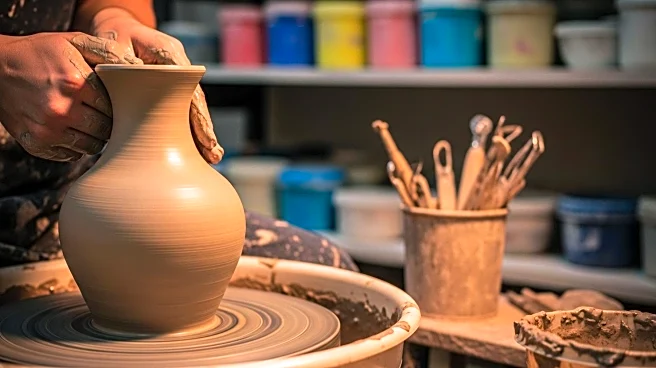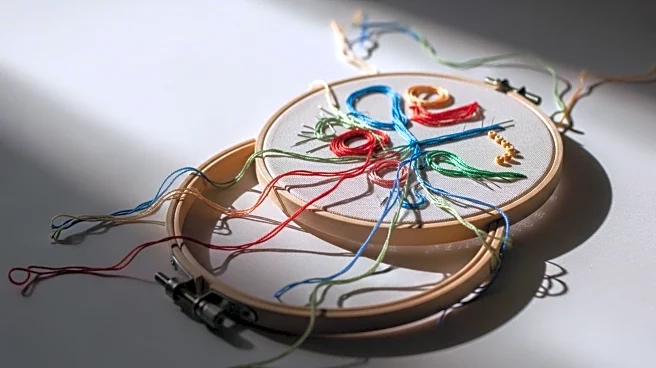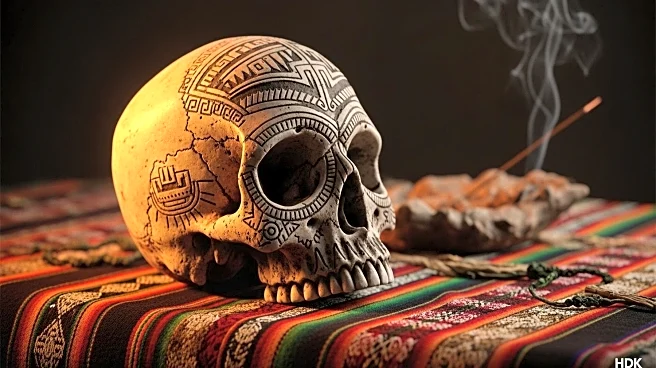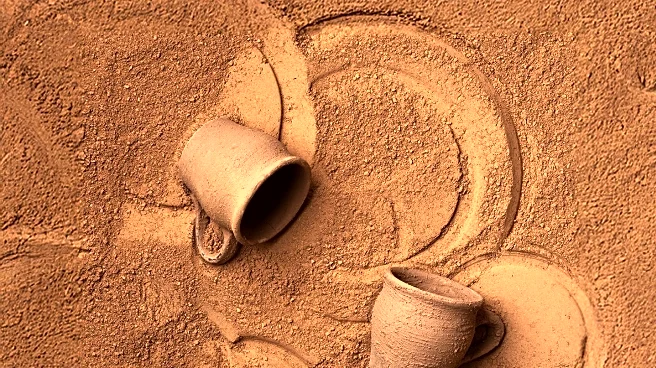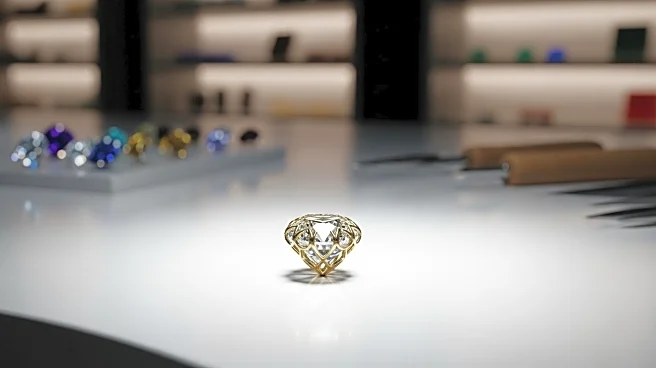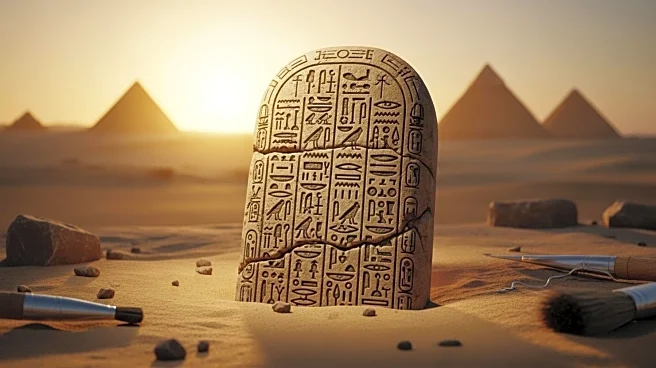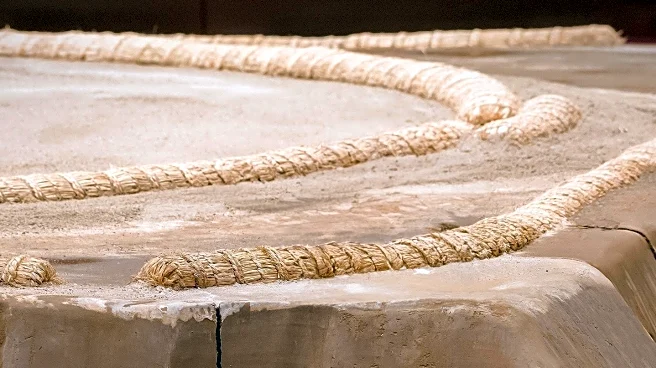Pottery is a craft that involves shaping and firing clay to create durable objects. It is traditionally divided into three main types: earthenware, stoneware, and porcelain. Each type can be glazed or unglazed and decorated
using various techniques. Pottery is known for its durability, with fragments often surviving long after other materials have decayed. This durability makes pottery a valuable resource for understanding ancient cultures, as it provides insights into the economic conditions, cultural development, and daily life of the societies that produced or acquired it.
Core Facts
Pottery is made from clay that is shaped and then fired at high
temperatures to create a hard, durable surface. The three main types of pottery—earthenware, stoneware, and porcelain—differ primarily in the temperature at which they are fired and their resulting properties. Earthenware is fired at the lowest temperatures and is porous unless glazed. Stoneware is fired at higher temperatures, making it more durable and waterproof. Porcelain is fired at the highest temperatures, resulting in a translucent and very strong material.
Notable Details
The process of making pottery involves several steps, including preparing the clay, shaping it into the desired form, drying it, and then firing it in a kiln. The firing process transforms the clay
from a malleable material into a rigid one. Once fired, pottery cannot be reshaped, and any damage is nearly impossible to repair. Pottery can be decorated using various techniques, including painting, carving, and glazing, which can add both aesthetic and functional qualities to the finished product.
Comparisons and Contrasts
While all pottery types share the basic process of shaping and firing clay, they differ in their properties and uses.
Earthenware is often used for decorative items and everyday objects like flower pots and dishes. Stoneware is more durable and is commonly used for kitchenware and tableware. Porcelain, known for its strength and beauty, is often used for fine china and decorative art pieces. The choice of pottery type depends on the intended use and desired characteristics of the final product.
Key Data Points
Pottery has been used by humans for
thousands of years, with some of the earliest known pieces dating back to around 29,000 BCE. The study of pottery artifacts provides valuable information about ancient societies, including their technological advancements, trade practices, and cultural values. Pottery remains a popular craft and art form today, with modern potters continuing to explore new techniques and materials to create innovative and functional pieces.
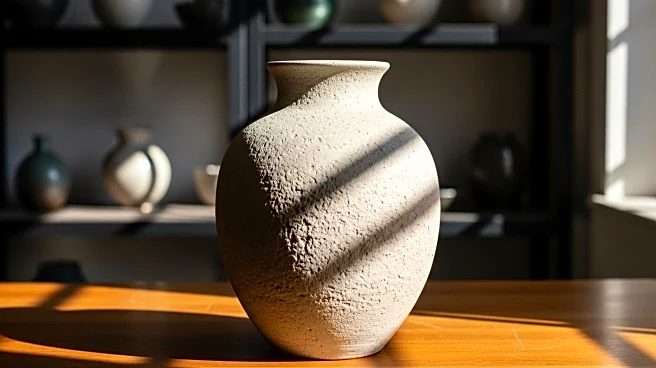
 Discover Daily
Discover Daily 